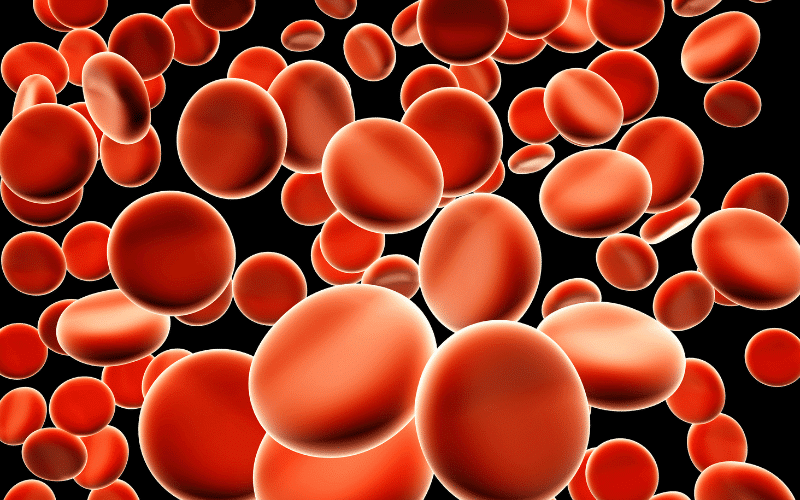Frequently Asked Questions about Normocytic Anemia

1. What causes normocytic anemia?
Normocytic anemia occurs when the body does not produce enough red blood cells, which are responsible for carrying oxygen to the body’s tissues and organs. This can be caused by various factors, including bone marrow disorders, chronic diseases, kidney failure, and certain medications.
2. How is normocytic anemia diagnosed?
Normocytic anemia is typically diagnosed through blood tests, such as a complete blood count (CBC), which measures the number of red blood cells, white blood cells, and platelets in the blood. Additional tests may be ordered to determine the underlying cause of the anemia.
3. How is normocytic anemia treated?
Treatment for normocytic anemia depends on the underlying cause. In some cases, treating the underlying condition may resolve the anemia. Other treatments may include iron or vitamin supplementation, blood transfusions, or medications to stimulate the production of red blood cells.
4. Can normocytic anemia be prevented?
Preventing normocytic anemia depends on its cause. For example, maintaining a balanced diet rich in iron, vitamin B12, and folic acid can help prevent anemia related to nutritional deficiencies. If you have a chronic condition that may lead to normocytic anemia, working closely with your healthcare provider to manage the condition can help reduce the risk of developing anemia.
5. How does normocytic anemia differ from other types of anemia?
Normocytic anemia is characterized by a normal size and appearance of red blood cells, but a reduced overall number of these cells. In contrast, microcytic anemia involves smaller-than-normal red blood cells, and macrocytic anemia features larger-than-normal red blood cells. The underlying causes and treatments for these different types of anemia may also vary.
Conclusion: A Comprehensive Overview of Normocytic Anemia Symptoms
In conclusion, being aware of the 10 key symptoms of normocytic anemia is essential for early detection, diagnosis, and appropriate treatment. This article delved into the following significant indicators:
1. Fatigue and weakness
2. Pale or yellowish skin
3. Shortness of breath
4. Dizziness and lightheadedness
5. Cold hands and feet
6. Headaches
7. Difficulty concentrating
8. Chest pain
9. Restless Legs Syndrome
10. Brittle nails and hair loss
By recognizing these signs and seeking medical attention when needed, you can ensure timely diagnosis and intervention. Timely treatment is vital to avoid complications and enhance overall health and well-being in individuals with normocytic anemia. Stay informed, vigilant, and proactive in order to lead a healthier, more fulfilling life while managing this condition.